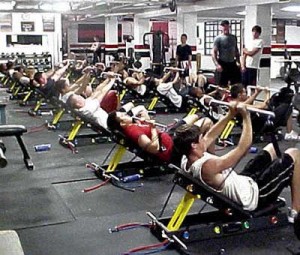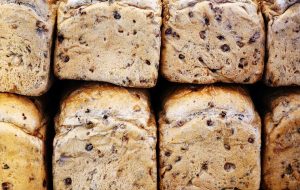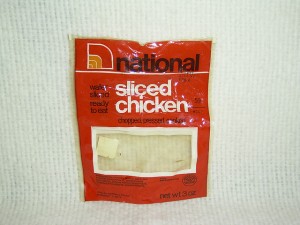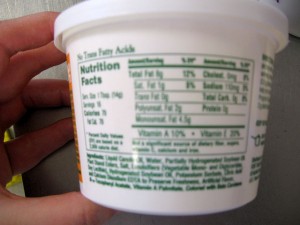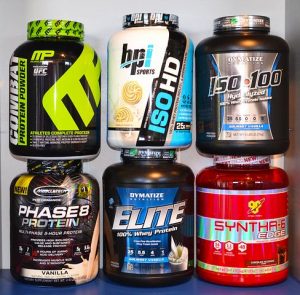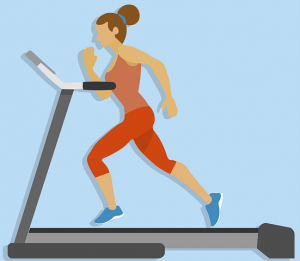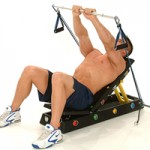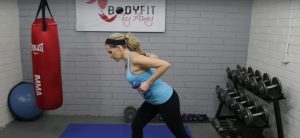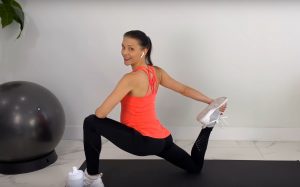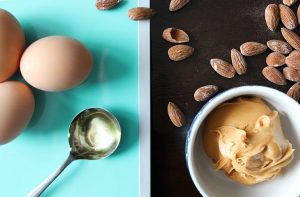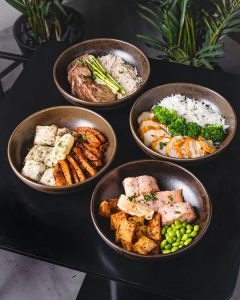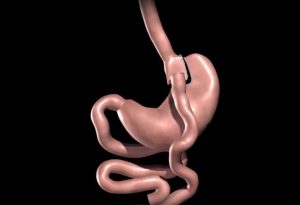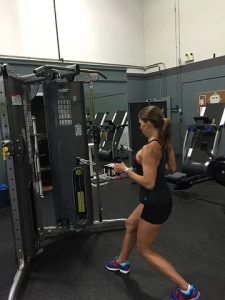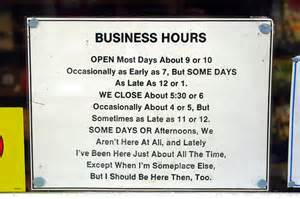It happens to everyone: after beginning a fitness and weight loss regimen, you start seeing results and feeling good about yourself and your progress…then you hit a plateau. That’s when your enthusiasm and motivation takes a dive and, if you don’t find a way to break through that plateau, you may be tempted to bag it.
The first thing you can do is to let go of ideas of rapid weight loss and expect those plateaus. You’ll go through periods of quick weight loss and periods when it seems like you’re not making any progress at all. Don’t be surprised or bummed out when that happens. If you expect it, and you have a few weight loss tips for plateaus in your bag of tricks, you’ll be more inclined to stick with your original weight loss plan, work past the plateau, and start a new cycle of losing weight and building muscle.
Change Up Your Workout
Weight-loss plateaus hit when your body predictably adjusts to your routine of physical activity. Military Fitness recommends changing up your workout when this happens. Don’t fight it. You may be comfortable with your workout and know it by heart, but the familiarity is what’s causing you to plateau. Drop some of your usual exercises and replace them with different ones that still work the same muscles. ExRx.net has a comprehensive exercise directory that cross-references exercises by muscle groups. The site also has a search option that lets you search by muscle or exercise.
Also, consider changing the time of day you work out if possible, or even the equipment you use. If you typically gravitate to the free weights, give the cable machines or resistance bands a try for a few weeks. Additionally, a plateau can be an indication that it’s time to increase the amount you’re lifting. Do it carefully and gradually to avoid injury, but don’t be afraid to add some weight to your workouts to increase muscle mass and build strength, as well as kick-start your weight loss program again.
Fine-Tune Your Cardio

Use a different piece of equipment or even take your cardio outdoors to get your metabolism into fat-burning mode again.
Some people avoid cardio while some do it instead of resistance training, but it’s important that cardio exercise as well as resistance training are both included in your weight loss plan. If aerobic exercise isn’t part of your workout, add it. If you already do cardio, add another day and increase the amount of time you’re spending on it. Professional trainers recommend increasing your cardio workouts by 5 to 10 minutes at a time to find your cardio sweet-spot. That can be anywhere from 30 – 45 minutes per session, but it shouldn’t exceed 60 minutes. Also, change the type of aerobic exercise you’re doing. Ditch the treadmill or stationary bike for awhile and give the elliptical a try. Attend a class at your health club or, if the weather is nice, go for a run outdoors. Maybe even give HIIT a try. Anything to shock your body back into weight-loss mode.
Make Your Diet a Moving Target
If making changes to your resistance training and cardio workouts aren’t giving you the weight loss results you want to see, try tweaking your diet. You may be eating too close to bedtime, so try to start eating earlier, giving yourself four or more hours between your last meal of the day and the time you hit the hay. You can also break it up so that you’re eating smaller meals more often–five to six snack-sized meals a day instead of three squares. You can use the Harris-Benedict Formula to determine how many calories you should be getting each day. Keep in mind that, if you don’t get enough calories, your body will start conserving them and shut down your weight loss. (Don’t like to do math? Let this handy calculator do the ciphering for you.) Instead of creating an extreme calorie deficit to induce rapid weight loss, concentrate on the foods you eat, making sure you eat enough protein, and change up your carb count a few days each week. ShapeFit recommends lowering your carbs one or two days in a row, then increasing back up for two to three days. It’s called carb-cycling, and the erratic amounts will keep your metabolism on its toes and in fat-burning mode.
Listen to Your Body

Without enough rest, your body wants to conserve fat and calories instead of burning them.
Image by Alexandra E Rust/Flickr
Plateaus in weight loss are a huge signal from your body that you need to pay better attention if you want to continue losing weight. The best advice is to listen to your body and understand what it’s telling you. If you feel fatigued and worn out, you could easily burn out if you aren’t getting enough rest. If you’ve been exercising 6 or 7 days a week non-stop since the beginning of the year, taking a week off will do you a world of good. When you are in full workout mode, take care to get adequate hours of sleep each night and do your body the favor of including rest days in your regimen each week, anywhere from one to three should suffice. Giving your body enough rest and nutrition and keeping it guessing with changes to your workout will help bust through those plateaus and have you on the quick weight loss track again in no time.

